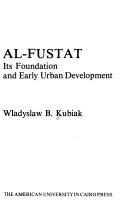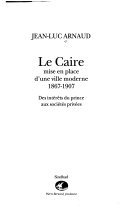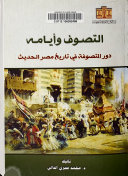New Cairo's Urban Paradox
All-Inclusive Urbanism Vs. Social Exclusion

Overview
The rapid urbanization of the Egyptian capital and the disappearance of the thin line separating between urban and rural areas, pushed different categories of the population to seek other places to reside. In the 90s, the new settlement of New Cairo appeared as a breakthrough. Its all-inclusive urbanism and planning trends integrated social, economic and physical aspects. On the one hand, New Cairo was originally designed to include a wide variety of citizens and activities all assimilated together and well-defined in one plan. On the other hand, today New Cairo is a developed city where gated communities seem to outnumber free residential areas. An example of all-inclusive built environment where social exclusion is prevailing! This paper aims at scrutinizing, as well as tracing this paradigm shift in the urban evolution of New Cairo. It starts with a thoroughly inductive analysis of the urban concepts involved originally in its planning, compared to the actual urban situation. Subsequently, we might be able to understand the emergence of a 'ghettoïsation' phenomenon.



















